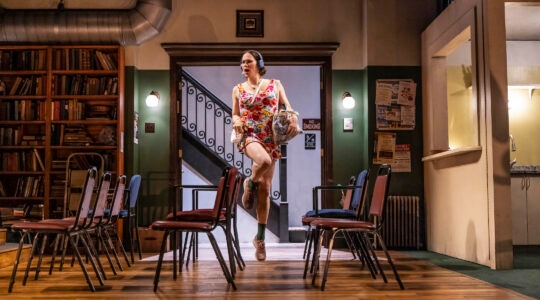As the moon rose over Maribor, Slovenia’s second-largest city, I walked from the café-dotted Main Square to Slomsek Square, where a clock tower on the Central Post Office kept perfect time. The walk took about three minutes. I had already seen most of Maribor.
The truth is, Maribor is smaller than you might expect. So is Slovenia. So, for that matter, are many towns throughout Eastern Europe. Places with names that resonate in historical memory, boasting multiple regions and tongues and whole chapters in textbooks, are often modest in size by contemporary standards.
Maribor feels smaller than most, and it’s not just geographical. When Slovenia was just a sliver of Yugoslavia, and Belgrade and Zagreb were the big cities, Maribor was a provincial college town and a hub of the region’s manufacturing industry.
Now residents pay in euros, and drive through Austria’s open border without showing their E.U. passports. Still, with just under 100,000 residents, laid-back, prosperous Maribor hasn’t changed all that much.
Yet for hundreds of years, going back well into the Middle Ages, Maribor was also a nexus of Ashkenazic Jewish life in the region historically known as Lower Styria (most of Styria is in modern-day Austria, whose border is just a few miles away). German and Yiddish speakers vastly outnumbered Slovenes here before World War I; Maribor radio still has local news and traffic in Austrian German.
I had come to Maribor to see its synagogue, one of Europe’s oldest. Scholars believe the hut-like white stucco structure may have been built in the 1300s, or perhaps earlier, coinciding with the establishment of a Jewish ghetto along the Drava River. Today it stands alongside the 15th-century Water Tower, now a wine cellar for the region’s fabled vintages.
Jewish life peaked early in Lower Styria, around the year 1400, when the last “great” rabbi of the medieval Austrian Empire, Israel Isserlein, attracted students from across Central Europe to his Maribor yeshiva. In a ghetto along the riverside city wall, Maribor’s Jewish community was clustered around Rabbi Isserlein’s rabbinic residence, the temple, a cemetery and a Talmudic school.
Today, visitors can trace the route of medieval Jews along what is today known as Jewish Street (Zidovska Ulica in modern Slovenian). In an enduring testament to the literal centrality of medieval Jewry here, Zidovska Ulica is one of the town’s main arteries as well as one of its oldest.
The cobblestoned street leads directly off the Main Square into a cluster of buildings from the Middle Ages, including what remains of the ancient fortification wall and the landmark — adjacent to the synagogue — known as the Jewish Tower. Built as a bulwark against invaders from the east, the district is now flanked by a hillside of cheery red roofs and bridges crisscrossed by bicycles.
After Communism, Maribor’s neglected synagogue was restored, and is now a museum and cultural center. The displays are few and modest, in keeping with a heritage that largely dwindled more than a half-millennium ago; Jews were expelled from Maribor in the late 1400s, and a community that gradually resettled centuries later was decisively vanquished in the Holocaust.
But the views from Maribor Synagogue over the Drava are worth the visit — if only to contemplate how much grander this town must have been nearly 1,000 years ago, when multiple bridges and a castle signaled its strategic import.
Maribor was heavily bombed during World War II, a fact sadly evident in the paucity of prewar architecture. In the modern era, ugly socialist-era buildings abut Austro-Hungarian plazas, just as Mitteleuropean kneidlach (dumplings) appear up on menus next to Serbian cevapi (sausages), a legacy of the Yugoslav era.
It’s all further evidence of the way Slovenia itself is still forging a modern identity. The country is just 27 years old, having spent the previous millennium as an outpost of various empires, which explains the vague sense of placelessness I felt sitting on the Main Square one evening.
I heard German and English spoken, both in a variety of accents, along with a smattering of Slavic tongues. From a narrow alley, the sound of guitar drifted out from pubs serving beer and Aperol spritz, this summer’s faddish cocktail across Europe.
As I sipped dry, faintly sparkling wine from the nearby hills, I could have been practically anywhere on the Continent. Like so many who had come to Maribor over the years, I was just passing through en route to other lands.
The New York Jewish Week brings you the stories behind the headlines, keeping you connected to Jewish life in New York. Help sustain the reporting you trust by donating today.




